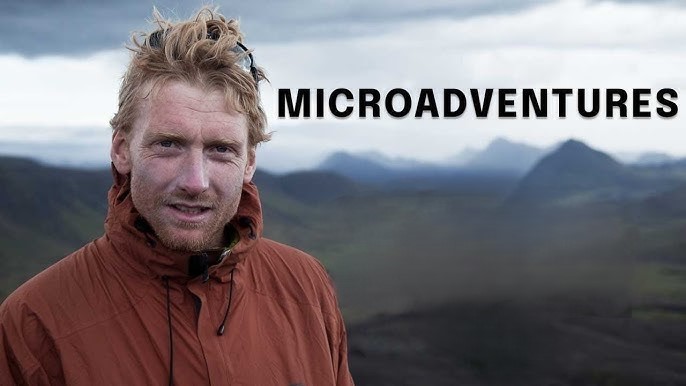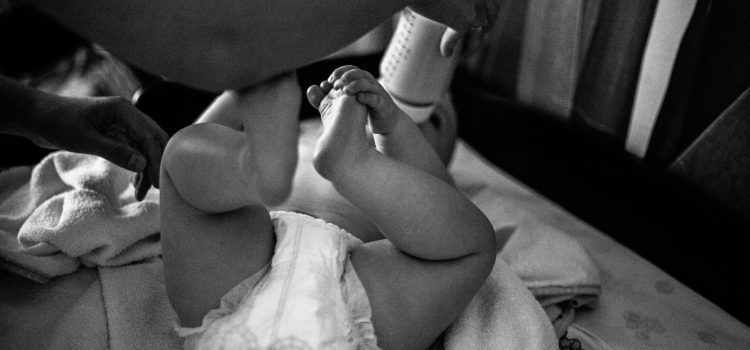
Mysteries Revealed: Finds Thousands of Previously Unknown Viruses in Infant Waste
Introduction
The world of microbiology never ceases to amaze us. Scientists have recently made a groundbreaking discovery that is sure to change the way we think about viruses and their impact on our lives. They have found thousands of previously unknown viruses in infant waste! Yes, you read it right: poop! In this blog post, we will delve into the fascinating world of microbial study and explore what this discovery means for virus research and our understanding of these tiny but mighty organisms. So, buckle up and get ready to be amazed!
What We Know About These Viruses
Microbial study is revealing new insights into the world of viruses, and a recent discovery has shone light on thousands of previously unknown viruses found in infant waste. But what do we know about these viruses?
Firstly, these newly discovered viruses are known as bacteriophages – they infect bacteria rather than human cells. The majority of them are thought to be harmless to humans but can play an important role in the gut microbiome.
Secondly, these bacteriophages are incredibly diverse, with each individual baby having their own unique collection present in their fecal matter.
Thirdly, this microbial study has shown that some infants have much higher levels of certain types of bacteriophages compared to others. Further research will be needed to determine whether this is related to any health outcomes.
These findings represent a significant step forward for our understanding of the microbial world and its relationship with our health. They also highlight how much there still is left to discover when it comes to the microscopic organisms that inhabit our bodies.
How Infant Waste Is Collected and Studied
The collection and study of infant waste is a crucial aspect of the research on previously unknown viruses. To collect samples, researchers use diapers to gather stool from infants. These diapers are then placed in sterile bags for transport to the laboratory.
Once in the lab, researchers extract DNA from the infant waste using specialized techniques. This extracted DNA is then sequenced to identify any viral genetic material present in the sample.
The process of studying these viral sequences can be a challenging one due to their complexity and diversity. Researchers must compare them to known virus databases and analyze their potential functions within the human body.
Despite these challenges, this type of research has yielded incredible results by identifying thousands of previously unknown viruses that could have important implications for human health.
While it may seem unpleasant or unorthodox at first glance, collecting and studying infant waste has proven invaluable in advancing our understanding of microbial communities and how they interact with us as humans.
The Significance of These Findings
The discovery of thousands of previously unknown viruses in infant waste is a significant scientific breakthrough. It sheds light on the vast diversity of microbial life that exists and highlights the need for continued study.
These findings have important implications for public health, as they provide insight into how viruses are transmitted from person to person and how they evolve over time. By understanding these processes better, researchers can develop improved methods for preventing and treating viral infections.
In addition, this study demonstrates the power of genomic sequencing technologies to uncover new information about our world. As these technologies become more advanced and accessible, it is likely we will discover even more surprises about the microbial world around us.
The significance of these findings cannot be overstated. They represent an important step forward in our understanding of viruses and their impact on human health. Continued research in this area holds great promise for improving public health outcomes worldwide.
What This Means for the Future of Virus Research
The discovery of thousands of previously unknown viruses in infant waste is a significant development for the future of virus research. These findings indicate that there is still much to learn about the microbiome and its impact on human health.
With this new information, researchers can further investigate the role these viruses play in disease and infection. It could lead to breakthroughs in developing treatments or preventative measures for illnesses caused by viruses.
Additionally, understanding more about the microbial makeup of our bodies can have implications beyond just virus research. It may help us better understand how different environmental factors affect our overall health and wellbeing.
This discovery also emphasizes the importance of continued investment into scientific research. As we gain more knowledge, we are able to make strides towards improving public health outcomes and finding solutions to complex medical problems.
This newfound knowledge highlights how much there is left to explore in the field of microbiology and virus research. The possibilities for future discoveries are endless, leaving plenty of room for exciting breakthroughs yet to come.
Conclusion
The discovery of thousands of previously unknown viruses in infant waste is a significant breakthrough for microbial study. This research not only provides insights into the diversity and complexity of our microbiome but also highlights the potential for discoveries that could lead to new treatments and prevention methods for diseases.
The advanced techniques used in this study demonstrate how far we have come in understanding viruses, but there is still much more to learn. As technology evolves, so too does our ability to explore and analyze the vast world of microbes around us.
As we continue down this path, it’s essential that we remain mindful of ethical considerations surrounding research while striving towards better health outcomes. With innovative approaches like those used in this study, who knows what other mysteries about our microbial world will be revealed next?










